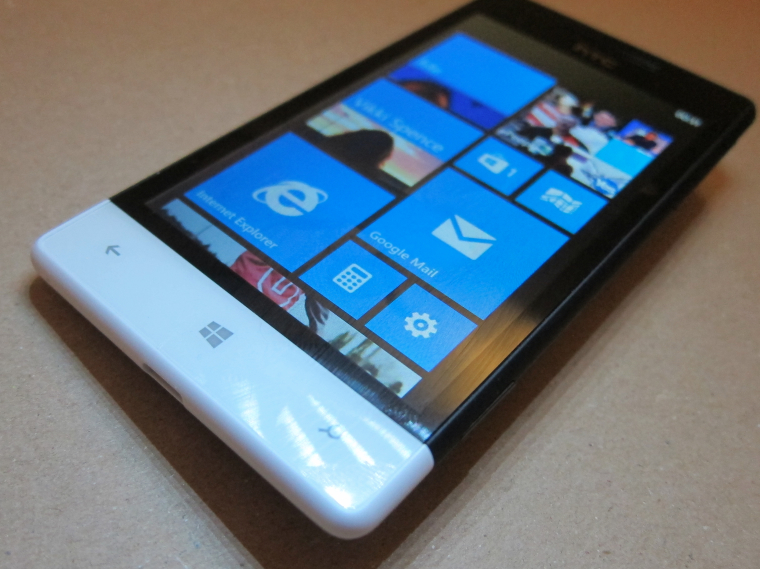But there is a danger that manufacturers need to stay clear of, and that is the danger of relaxing because their handset is 'good enough'.
This is clear in a number of releases of Microsoft's mobile products, but none more so than in HTC's 8S Windows Phone. This was the 'consumer' model of the 'pro' HTC 8X, which delivered on every one of Microsoft's requested specifications for a Windows Phone 8 device. With the 8S though, HTC decided that rather than go all out, they would skimp on some features, such as the internal storage.
Featuring just 4GB of storage in the hardware, and functionally delivering just 2.8GB to the user as they walk out of the store with a phone they'll be paying for and expecting to use over the next two years. Just days into my review of the handset here on All About Windows Phone, I could see the issues that this low memory size was going to cause.
It would be incredible to me if HTC's testers missed this. Somewhere in the company, the 8S was seen as a phone that would be 'good enough' for the public. It picked up some strong initial sales, but in my mind it has left many consumers with a Windows Phone that will never reach its potential.
Unlike Android manufacturers, who can still use older versions of the operating system and older chipsets and technology, the Microsoft 'lower limit' for Windows Phone does not leave a lot of room in terms of components. As noted, the 4GB storage 'limit' is a touch low (and if I had any say in the matter I'd be raising that ceiling to 8GB and microSD, or 16GB standalone), and there are some question marks over the lower spec devices having just 512 MB of RAM. That's at the edge of acceptability now, but come the festive season I'm not sure that manufacturers will be able to smile sweetly with that line on the specification list.
And this is where the danger of 'good enough' kicks in. The smartphone market moves on rapidly, and in a year's time what is acceptable right now becomes the ugly low-end handset that has cut corners. That's a hard PR message to sell, and arguably one that could poison the rest of the marketing message. No matter what the PDF from Microsoft says, the lowest specification that the market will accept is not the lowest specification that the operating system will run on.

Nokia found that to their cost with Symbian, as they pushed the limits of acceptability around the time of the Nokia 5800 and Nokia N97 devices. They are getting perilously close with the Lumia 520, but it stays just the right side of acceptable (even though every reviewer gets to point out that the jump from the Lumia 620 to the Lumia 520 means some ugly budgeting has been done in components, especially the screen.
That's fine, Nokia and the Windows Phone manufacturers now know where the lowest end of the market is, and that what is 'good enough' is actually quite close, spec and capability wise, to the pricier handsets.
Windows Phone at the moment (with a few notable exceptions) is a pretty integrated ecosystem, and while there are some apps that won't run, these are by and large accepted by the user base. As the affordable specs at the top end of the range creep up, I hope that what is regarded as 'good enough' rises up just as fast. Keeping a tight control on the spec spread between the top and bottom of the market will keep the Windows Phone ecosystem in touch across the whole range. In a competitive world that's a strong advantage, and one that Microsoft and its partners should continually work at to achieve.
